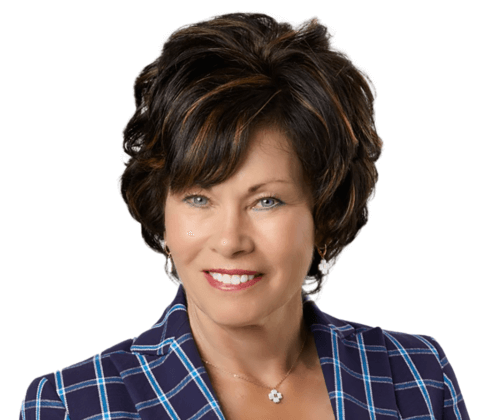Two weeks ago, the Ontario Liberals began the long and arduous process of rebuilding their shattered party. Now reduced to a caucus of five — or what some impolite wags refer to as “the minivan caucus” — the party membership gathered in Mississauga to determine just how they will go about selecting a new leader next March.
The business of drafting the rules of a leadership race may well conjure up stereotypical images of smoke-filled back rooms but the work is anything but arcane. Recall how for the federal Liberals, the race that brought Justin Trudeau to the helm of the party also revitalized the entire organization. It brought in a new generation of excited members and garnered a tsunami of earned media coverage.
That’s why so many observers were puzzled by the choice the Ontario Liberal party made last week to effectively keep the rules of the race the same as before: the provincial party decided against dropping membership fees, and more importantly, against moving away from a delegated convention in favour of one-member, one-vote.
Under a delegated convention, riding associations elect delegates, who assemble at a convention and choose the new leader through a series of successive ballots. Under a one-member, one-vote approach, which most Canadian political parties have adopted, all party members get to cast their vote, typically through an online portal. In that model, the convention functions simply as a venue to announce the results.
Even though the Liberals adopted a hybrid system in 1991, which allows party members more say in how delegates cast first ballot votes, delegated conventions have been derided as antiquated; this very newspaper called the OLP’s decision “old-style.”
Old style it may be, but there is, of course, the sheer spectacle of it all. There is a reason that American political parties have continued to opt for delegated conventions. Delegates shifting their allegiances among the candidates in real time, punctuated by rousing speeches from would-be party leaders, all makes for compelling television. And if there is something the Ontario Liberals could use right now it is some compelling television. Brutal has been the fall from government to no-party status.
In January 2013, when the party elected Kathleen Wynne at such a convention, television networks ran non-stop coverage for nearly two days. Eric Hoskins staged a theatrical floor-crossing, feigning a walk to Wynne’s rival Sandra Pupatello before marching over to Kathleen’s camp. CTV News called it a “thrilling” convention and mourned the prospect that it could be the last conducted in this way.
In 1996, when Dalton McGuinty was elected leader, it was a classic dark-horse race that didn’t end until 4 a.m. With delegated conventions, the drama comes baked in.
On the other hand, one member, one vote formats often deliver results that are expected. That’s because the format favours front-runners with large organizational and financial resources. At least that has, more often than not, been the story of the history of the Conservatives in Ontario. Think of Patrick Brown, John Tory, Tim Hudak and Ernie Eves.
The exception, of course, is Doug Ford and it may well be that concern about the emergence of an equivalent insurgent candidate had an impact on the decision the Liberals made last week.
Finally, there is the practical matter of the vote’s integrity. Using an online portal has proven liable to technical difficulties, which can forestall or even overshadow the ultimate outcome. The race to replace Jack Layton as leader of the federal NDP was plagued by hacks and overwhelmed computer servers. The entire unfortunate affair sapped the excitement out of Thomas Mulcair’s victory, and he struggled for some time to regain momentum.
Given all of this, it was no surprise the Liberal party fell short of the two-thirds vote of the members needed to change the system. The race for the next leader will consume the party through March 2020 — already, several contenders have thrown their hat into the ring, including Steven Del Duca and Michael Coteau.
And one way or another, I bet we’ll all be watching.


